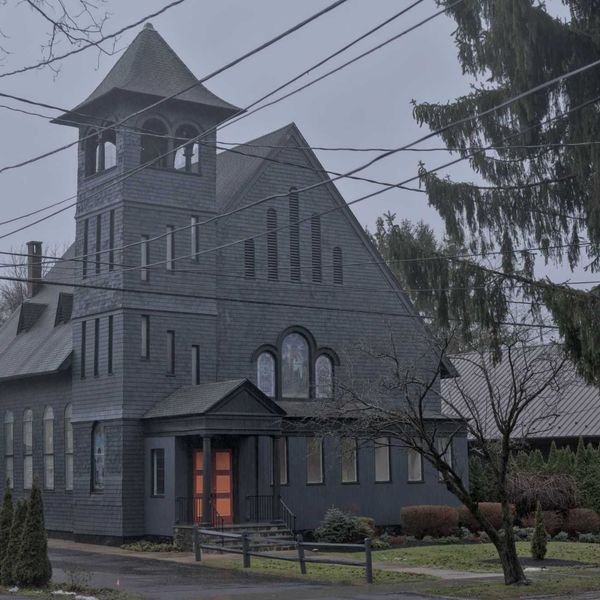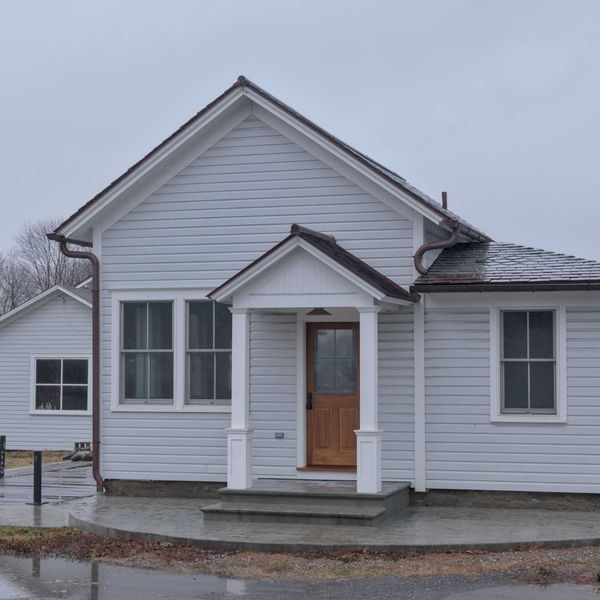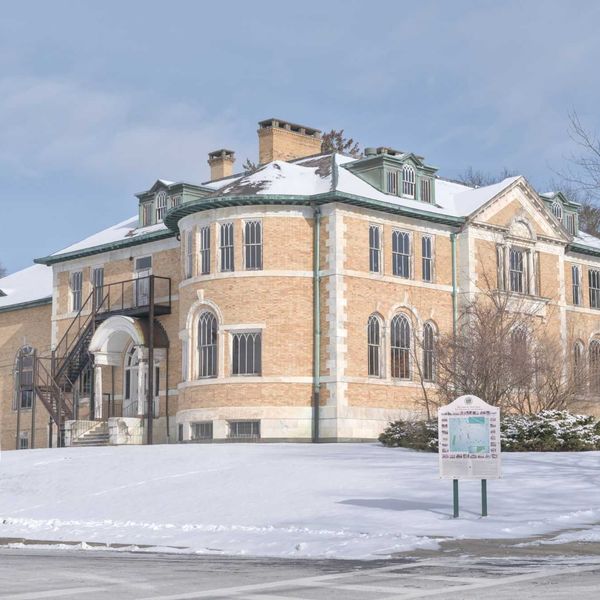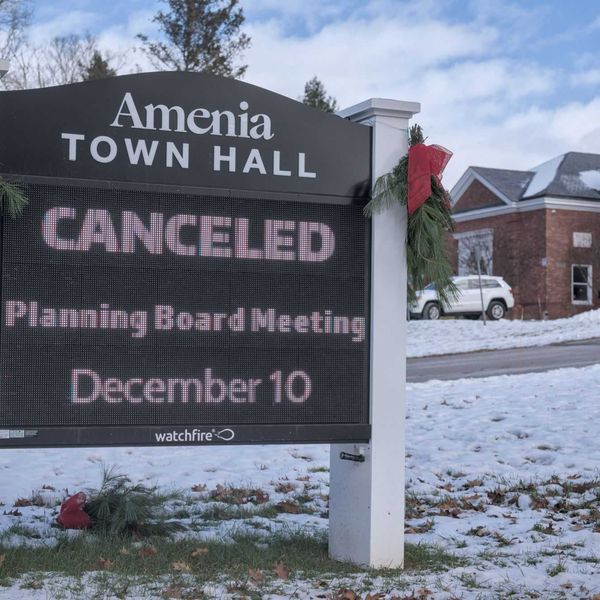Symmetry at Nine Partners 1780 Quaker Meetinghouse, a Hudson Valley first
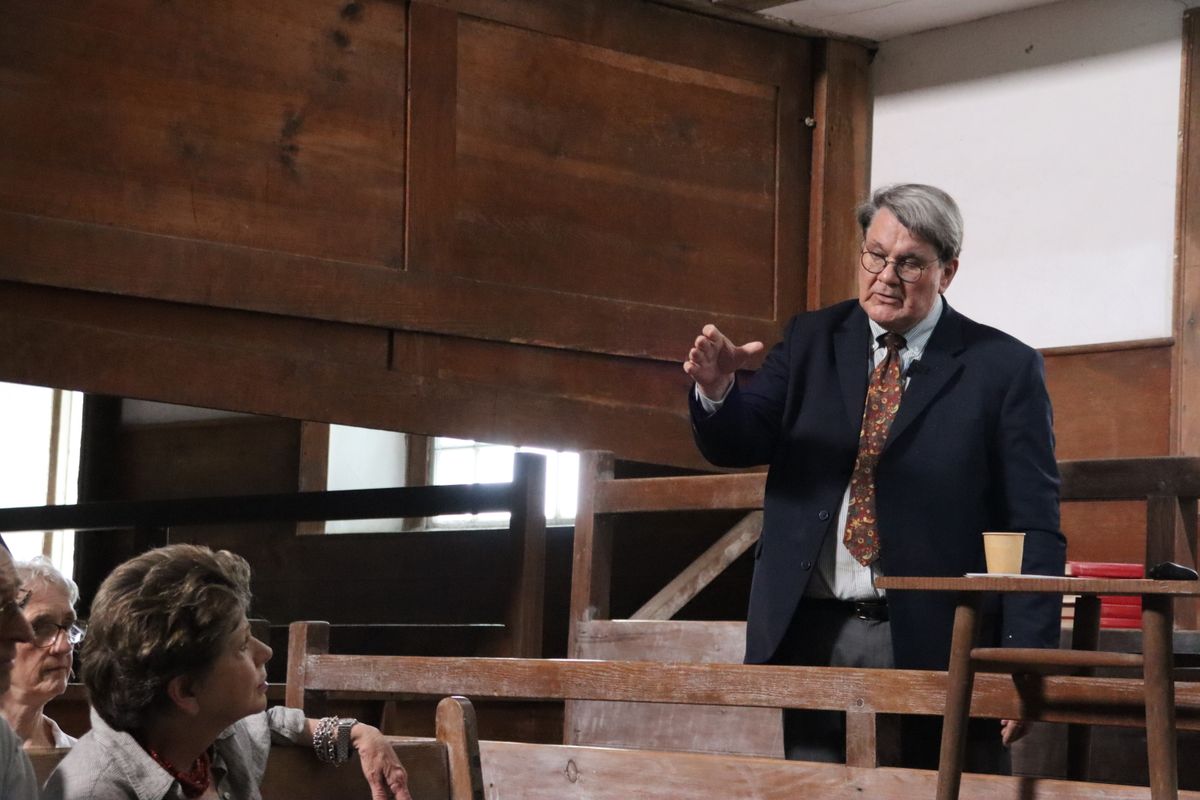
Carl Lounsbury, an expert on ecclesiastical architecture, visited the Nine Partners Meeting House in Millbrook on Sunday, July 27, to talk about the history of the uniquely symmetrical building.
Charlie Greenberg

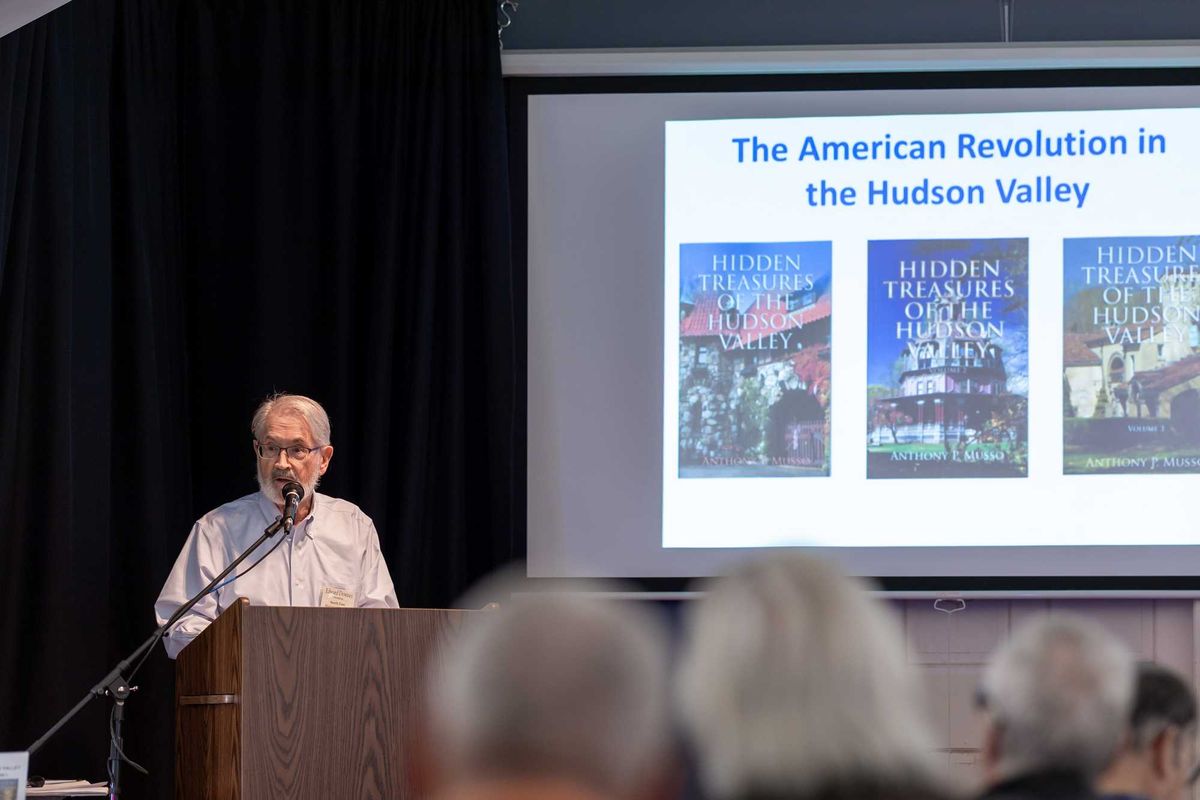
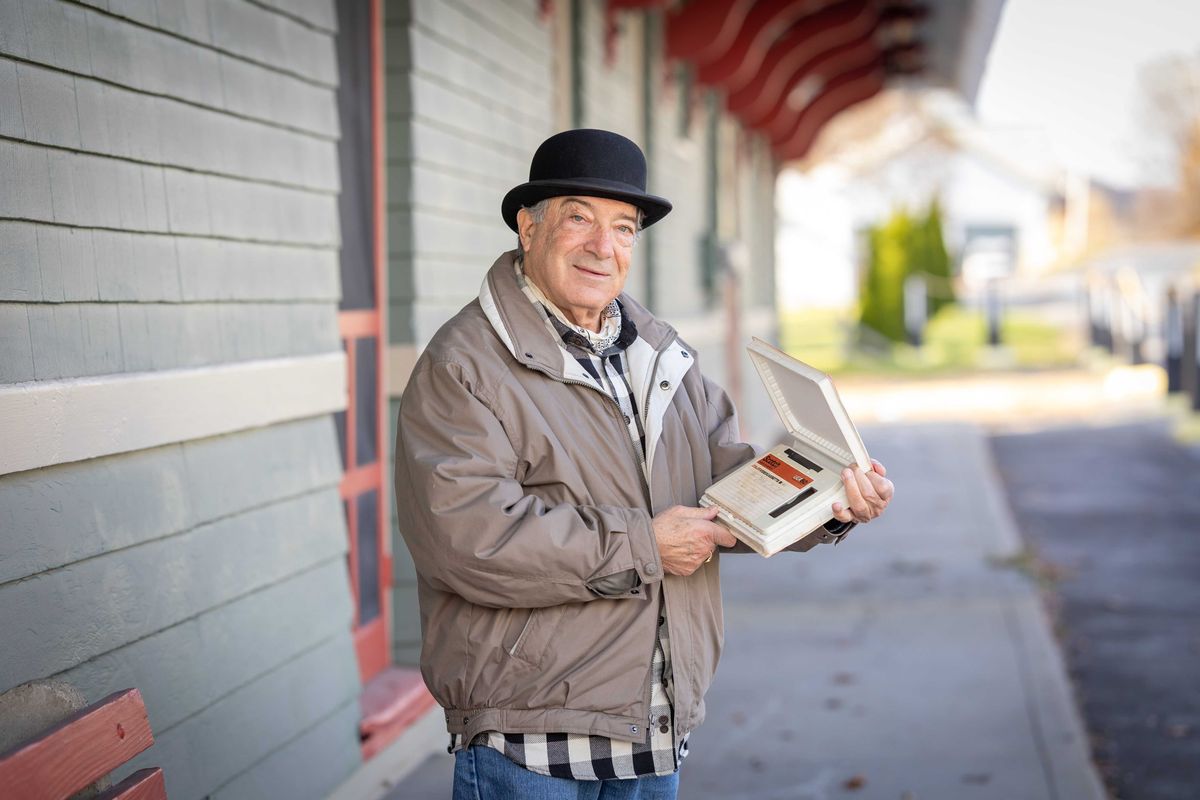

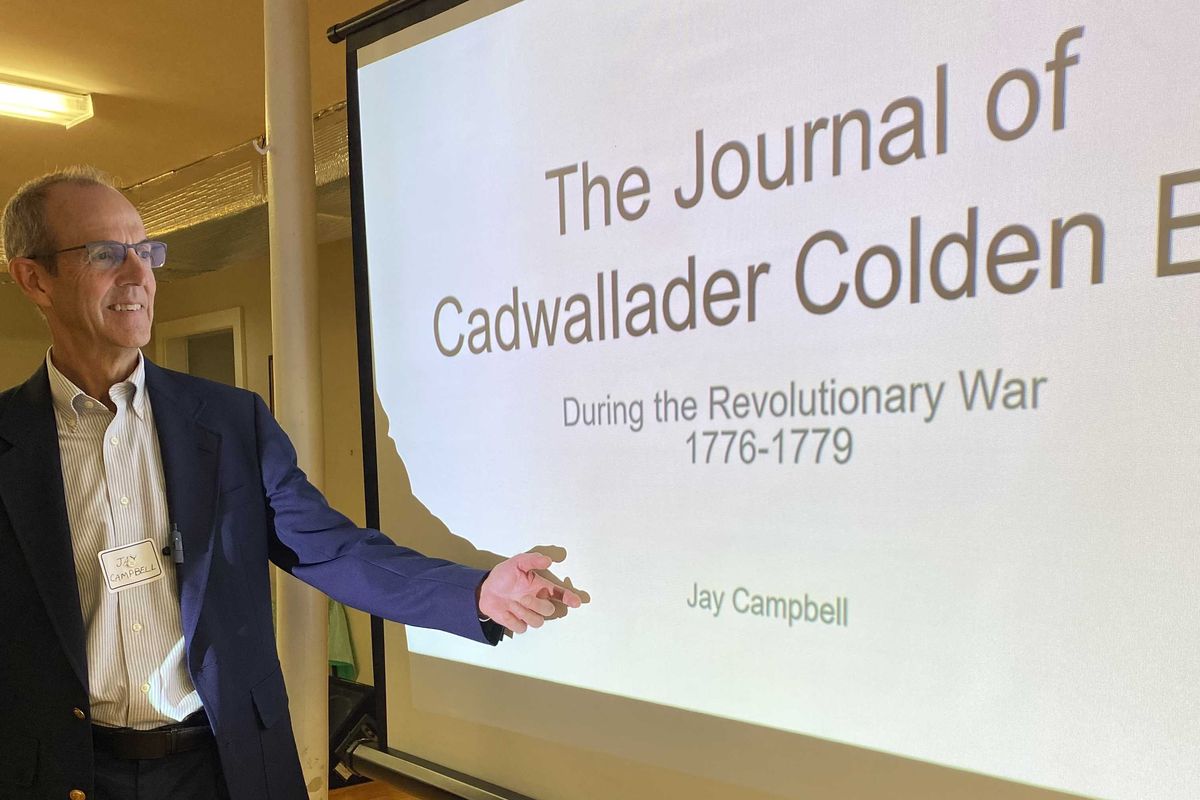
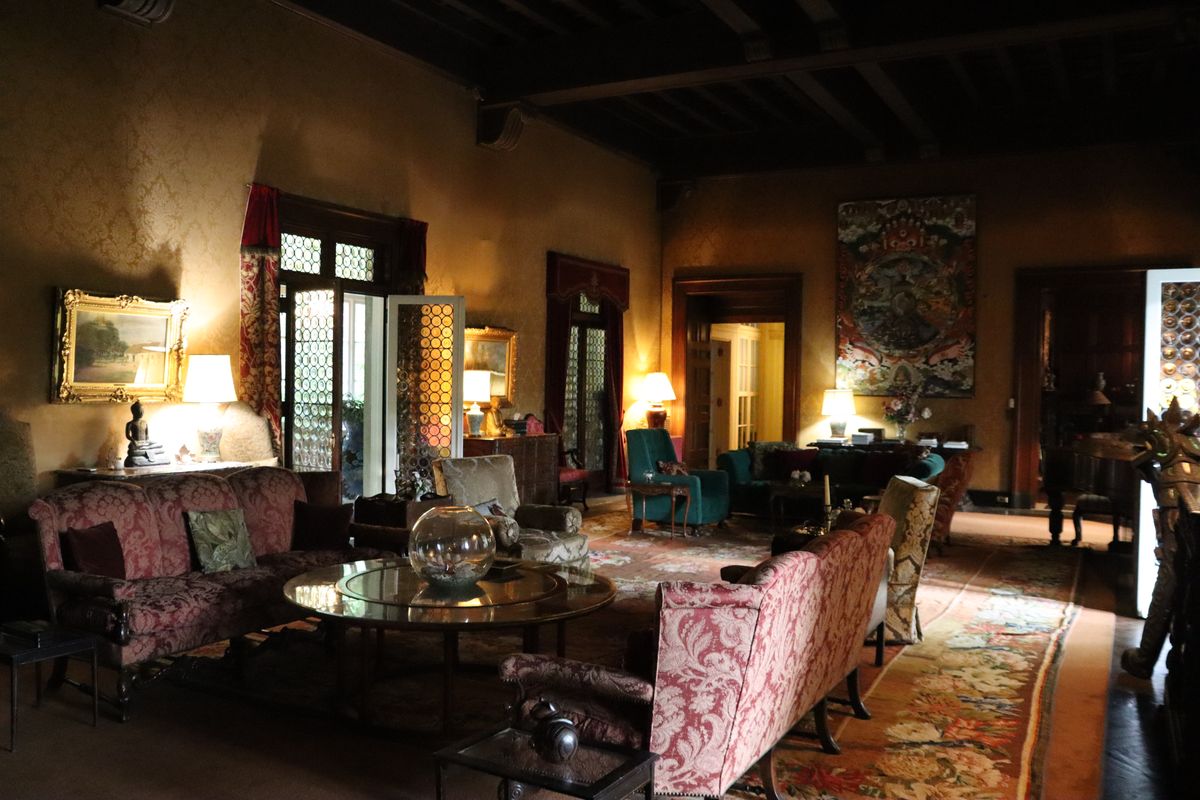
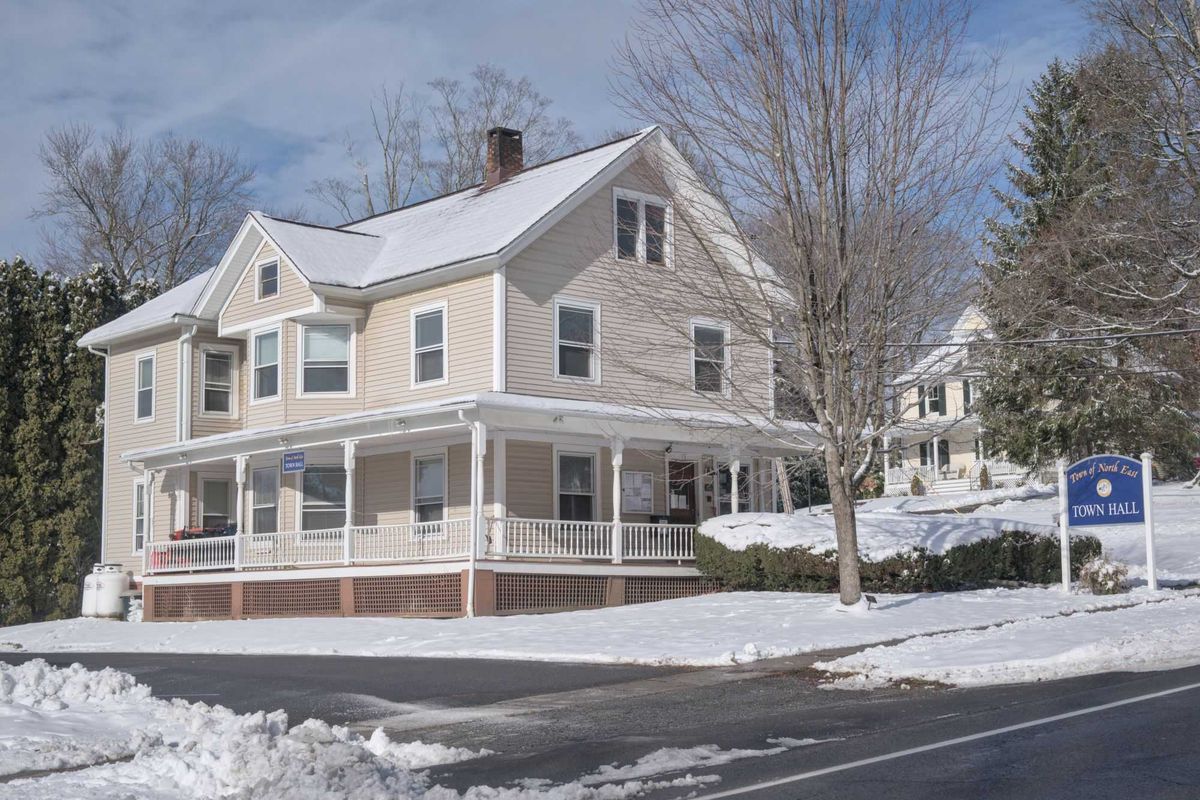
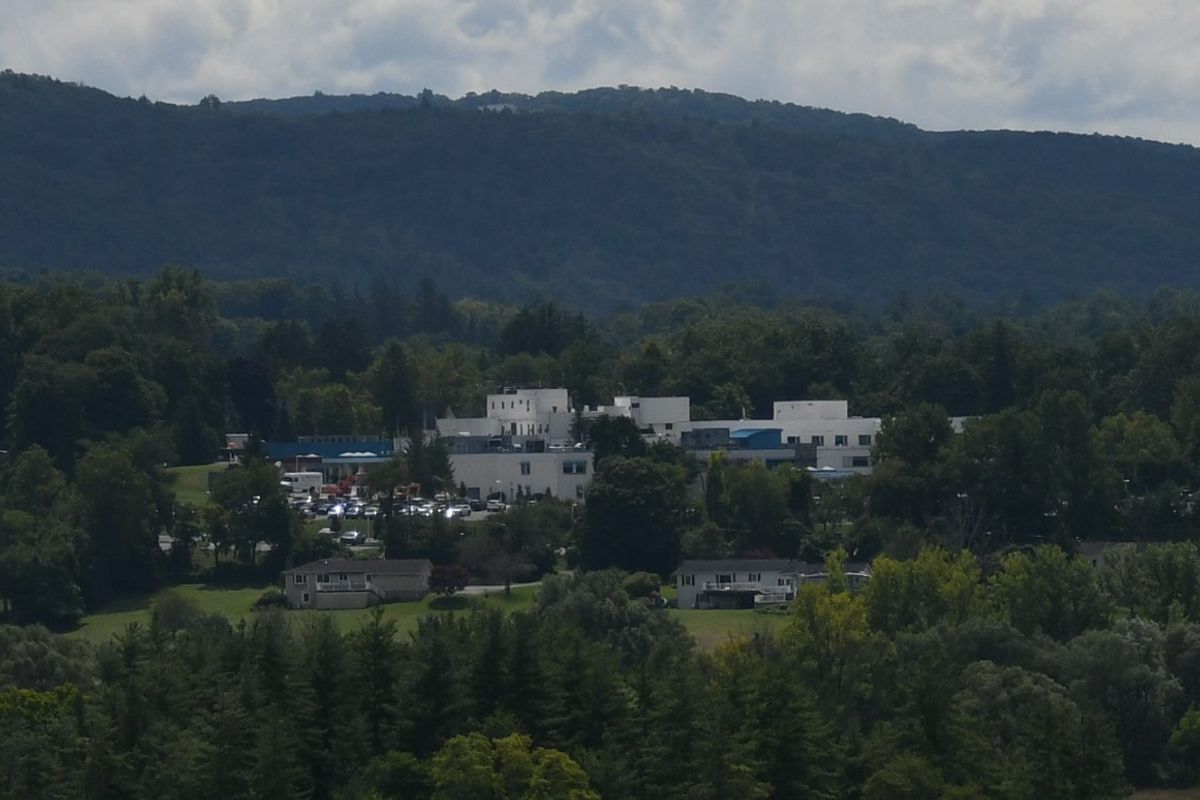
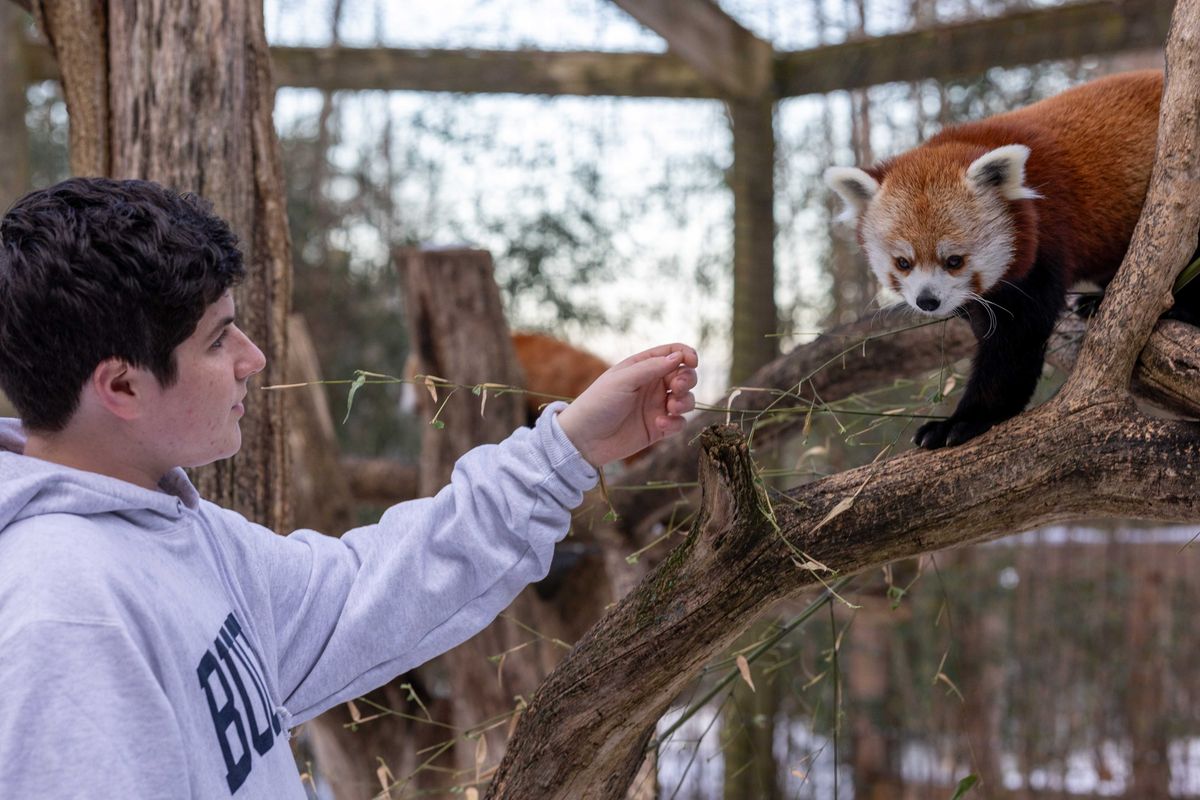
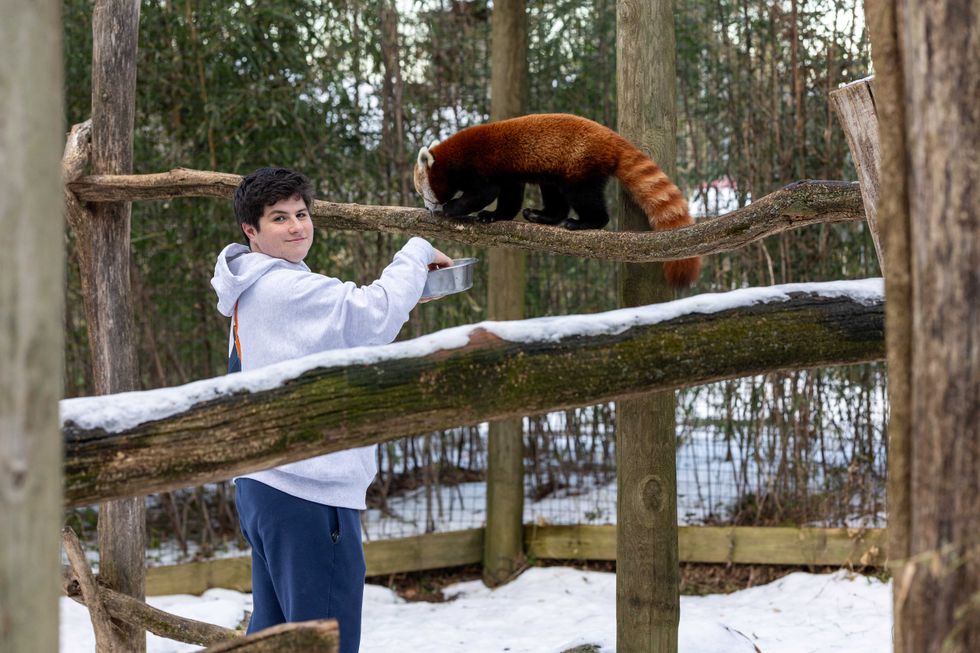 Max Amsterdam feeds a red panda at the Trevor-Lovejoy Zoo on the Millbrook School campus on Wednesday, Dec. 17. Amsterdam said he became interested in the school's zoo in his freshman year when he watched an older student perform a biopsy on a wolf that had passed away at the zoo.Photo by Aly Morrissey
Max Amsterdam feeds a red panda at the Trevor-Lovejoy Zoo on the Millbrook School campus on Wednesday, Dec. 17. Amsterdam said he became interested in the school's zoo in his freshman year when he watched an older student perform a biopsy on a wolf that had passed away at the zoo.Photo by Aly Morrissey
